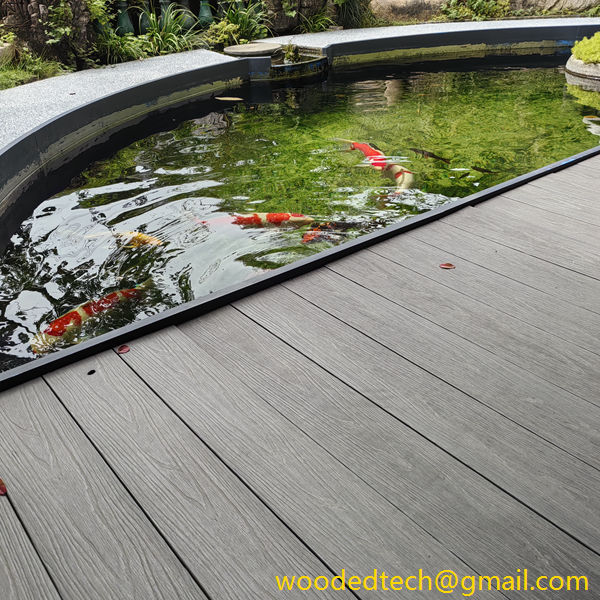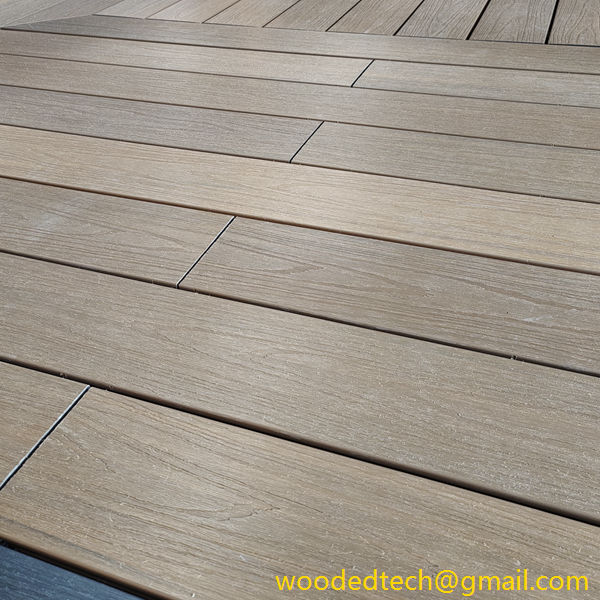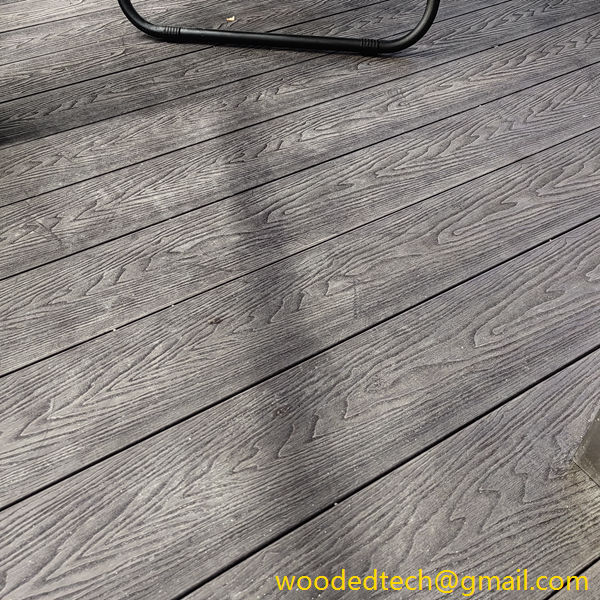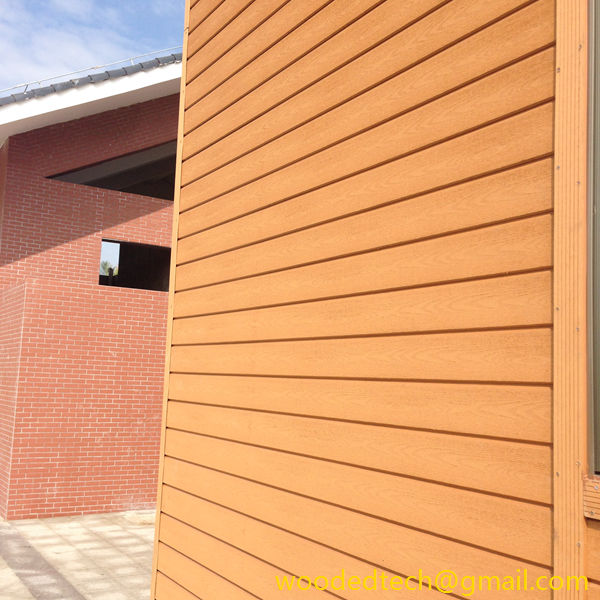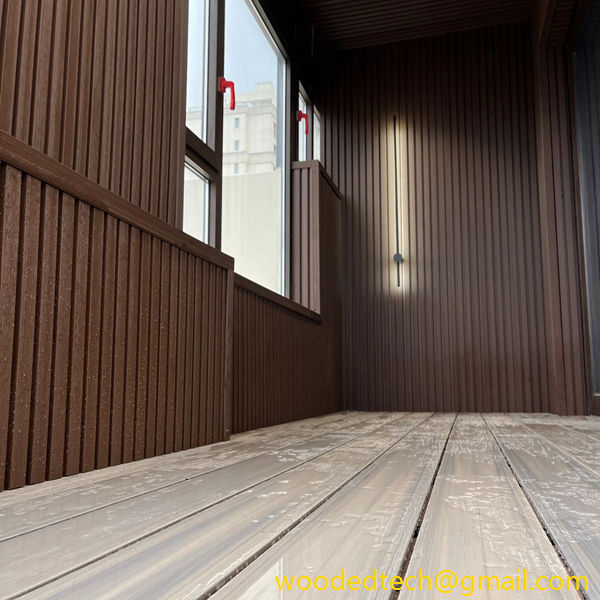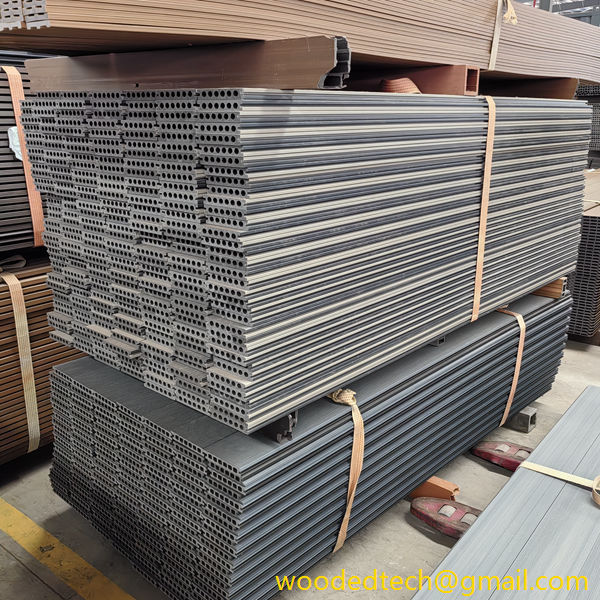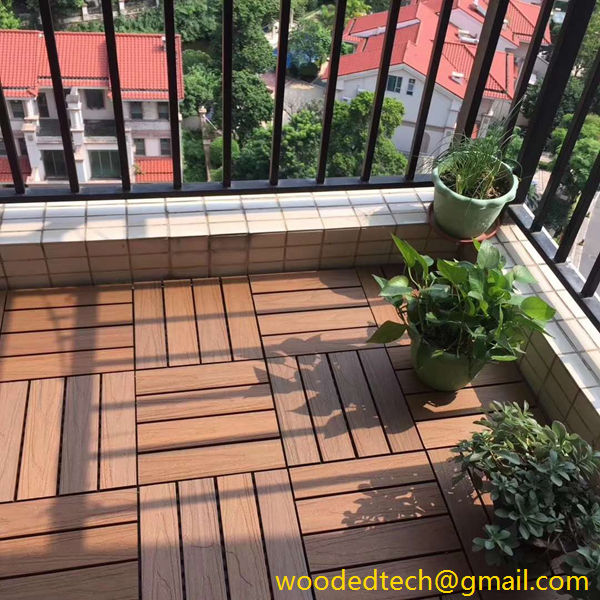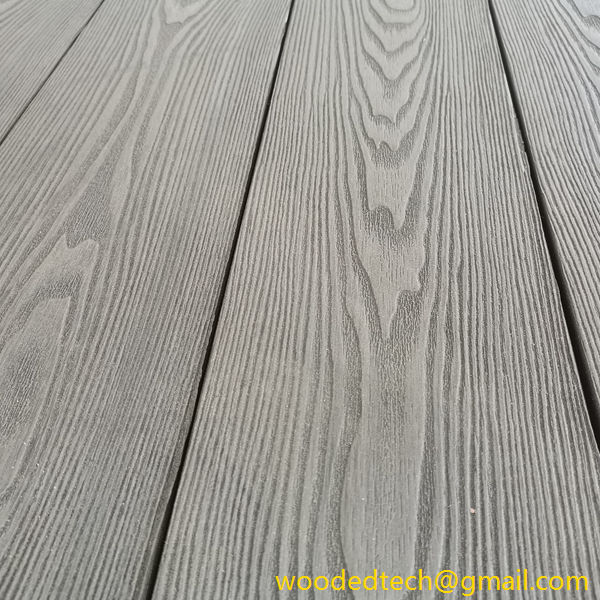Exploring Deck Wood Plastic for Sustainable Solutions
Exploring Deck Wood Plastic for Sustainable Solutions As the demand for sustainable building materials continues to rise, the construction and landscaping industries are increasingly turning to innovative solutions that blend durability with environmental consciousness. One such innovation is Deck Wood Plastic, a composite material that combines the natural aesthetics of wood with the resilience and…
Exploring Deck Wood Plastic for Sustainable Solutions
As the demand for sustainable building materials continues to rise, the construction and landscaping industries are increasingly turning to innovative solutions that blend durability with environmental consciousness. One such innovation is Deck Wood Plastic, a composite material that combines the natural aesthetics of wood with the resilience and low maintenance characteristics of plastic. This exploration delves into the benefits of Deck Wood Plastic, its environmental implications, and its potential as a sustainable solution for outdoor decking.
Deck Wood Plastic, commonly referred to as wood-plastic composite (WPC), is manufactured from a combination of recycled wood fibers and plastic polymers. This unique blend offers an appealing alternative to traditional wood decking while addressing several ecological concerns. As natural wood becomes scarcer due to deforestation and overharvesting, WPC emerges as a viable option that utilizes recycled materials, thereby reducing waste and promoting a circular economy.
One of the standout features of Deck Wood Plastic is its remarkable durability. Unlike traditional wood, which is susceptible to warping, splintering, and rotting due to moisture and pests, WPC is engineered to withstand the elements. It is resistant to fading, staining, and scratching, making it an ideal choice for outdoor applications where exposure to sunlight and weather conditions can take a toll on materials. This durability translates to a longer lifespan compared to conventional wood, reducing the need for frequent replacements and repairs.
Another significant advantage of Deck Wood Plastic is its minimal maintenance requirements. Homeowners and property managers often dread the upkeep associated with traditional wood decking, which typically involves regular sealing, staining, and cleaning to preserve its appearance and structural integrity. In contrast, WPC is designed to be maintenance-free in its later stages. A simple wash with soap and water is usually sufficient to keep it looking fresh. This reduced maintenance not only saves time and effort but also diminishes the need for harsh chemical treatments that can harm the environment.
From an environmental standpoint, the use of Deck Wood Plastic contributes to sustainability in several ways. First and foremost, WPC is often produced from recycled materials, helping to divert plastic waste from landfills. The incorporation of wood fibers also means that the manufacturing process typically requires less energy compared to that of conventional plastic products. Furthermore, by opting for WPC, consumers are making a conscious choice to support sustainable practices and reduce their carbon footprint.
The aesthetic appeal of Deck Wood Plastic cannot be overlooked. Manufacturers offer a variety of colors, textures, and finishes that mimic the look of natural wood, allowing homeowners to achieve their desired design without compromising on style. Whether it is the warm tones of cedar or the rich hues of mahogany, WPC can complement any outdoor space. The versatility of this material makes it suitable for various applications, including decks, patios, walkways, and even furniture.
In addition to its functional and aesthetic benefits, Deck Wood Plastic also addresses safety concerns. Many WPC products are designed to be slip-resistant, making them a safer option for families with young children or elderly members. This added safety feature is particularly important in outdoor settings where moisture can create slippery surfaces. Moreover, WPC is often manufactured without harmful chemicals such as formaldehyde, making it a healthier choice for both people and the environment.
As the industry continues to evolve, innovations in Deck Wood Plastic are paving the way for even more sustainable solutions. Research into bio-based plastics and improved recycling processes is underway, promising to enhance the environmental footprint of these materials further. Additionally, advancements in manufacturing techniques are leading to stronger and more durable products, ensuring that WPC not only meets but exceeds consumer expectations.
However, it is essential to consider the entire lifecycle of Deck Wood Plastic when evaluating its sustainability. While the initial production may utilize recycled materials, the environmental impact of the plastic component must also be assessed. Efforts are being made to develop more eco-friendly plastics, including those derived from renewable sources. By focusing on the complete lifecycle of materials, manufacturers can provide consumers with transparent information about the sustainability of their products.
In conclusion, Deck Wood Plastic represents a forward-thinking solution for sustainable decking options. Its combination of durability, low maintenance, aesthetic versatility, and environmental benefits positions it as an attractive alternative to traditional wood. As consumers become increasingly conscious of their choices and their impact on the environment, WPC stands out as a responsible option that aligns with sustainable practices. With ongoing innovations and a commitment to eco-friendliness, Deck Wood Plastic is poised to play a significant role in the future of outdoor construction and design, offering a maintenance-free solution that enhances both function and beauty.

